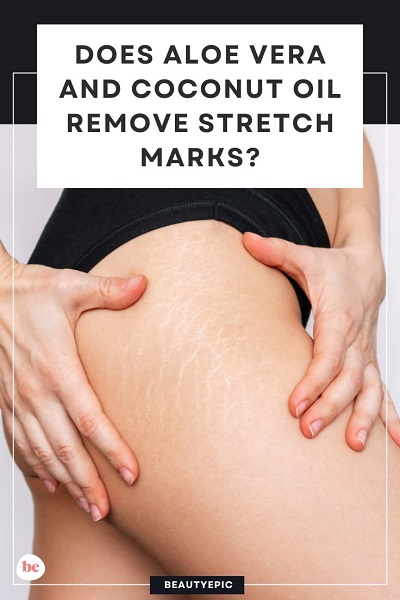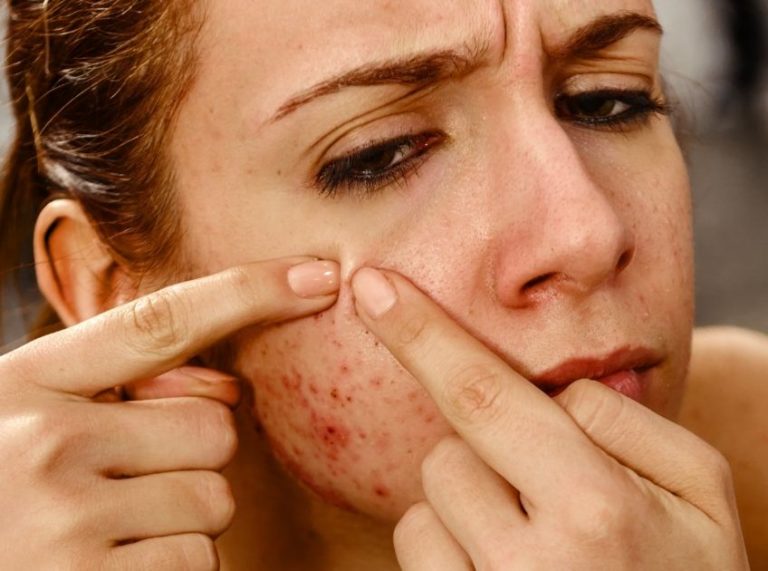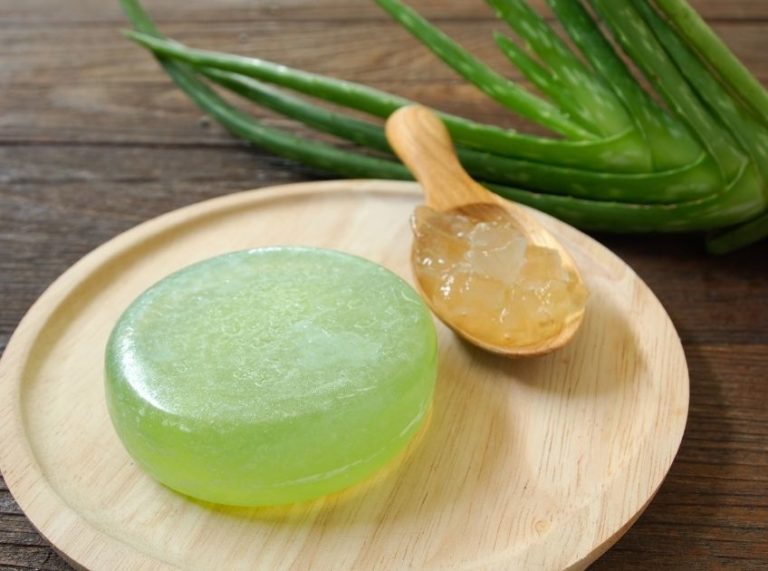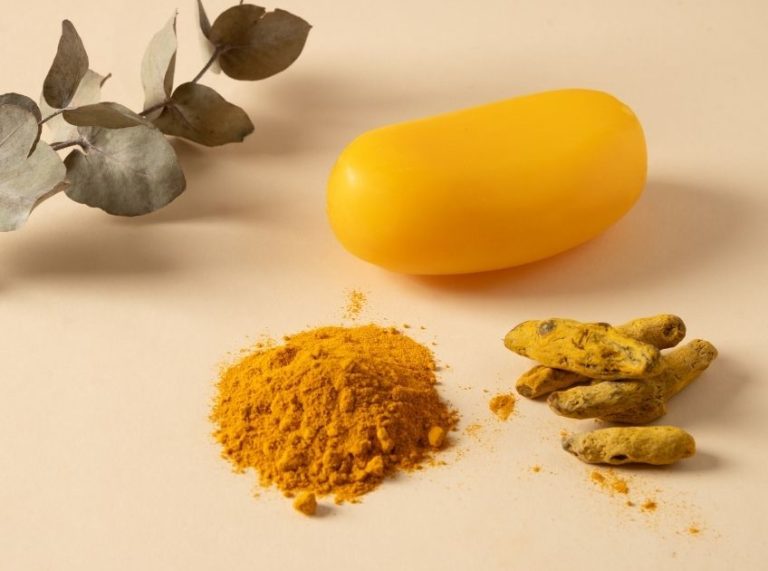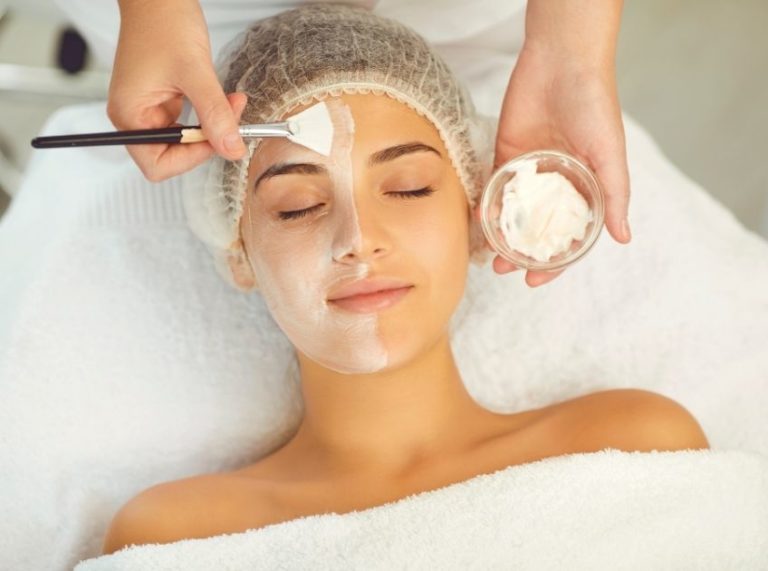
Important: This article is for informational purposes only. Please read our full disclaimer for more details.
Struggling with stretch marks after pregnancy, weight loss, or growth spurts? You’re not alone. Instead of turning to expensive creams, try this natural combo—aloe vera and coconut oil—for a gentle yet effective solution backed by skin experts and science.
Why Aloe Vera and Coconut Oil Are a Dream Duo for Stretch Marks
- Help repair damaged skin cells
- Improve elasticity and texture
- Fade pigmentation and scarring over time
- Hydrate and soften skin naturally
This combo works best when applied consistently, especially on early stretch marks.
The Science Behind Aloe and Coconut Oil for Skin Repair
Aloe Vera is rich in vitamins C and E, enzymes, and amino acids that stimulate fibroblasts to produce more collagen and elastin—two vital components for healthy skin (1)(2).
Coconut Oil, loaded with lauric acid and antioxidants, penetrates deeply to nourish and reduce inflammation. It also supports skin barrier function (3)(4).
Together, they support skin regeneration and elasticity.
What Makes This Duo Effective on Stretch Marks
- Aloe Vera: Boosts collagen production and soothes inflammation
- Coconut Oil: Moisturizes, heals microtears, and improves skin tone
- Both promote cell turnover and prevent further skin tearing
When to Stop Using It
Discontinue use if you notice persistent redness, itching, or breakouts—especially on sensitive skin.
Adjust as Needed for Best Results
- Oily skin? Use more aloe and less oil.
- Dry skin? Add more coconut oil.
- Want quicker absorption? Warm the oil slightly before blending.
- Customize consistency based on how your skin reacts.
Best Suited For These Skin Types
- Dry to normal skin: Perfectly compatible
- Oily/acne-prone skin: Use sparingly or test patch first
- Sensitive skin: Choose fresh aloe and pure coconut oil only
Is It Safe to Use Regularly?
Yes—for most skin types, this combo is safe for daily use. Choose organic, cold-pressed coconut oil and pure aloe vera gel or fresh leaf extract for best results. Always patch test before full application.
3 Best DIY Remedies Using Aloe Vera and Coconut Oil
1. Stretch Mark Healing Cream (Night Use)
A soothing, nutrient-rich blend for overnight recovery.
Ingredients
- 2 tbsp aloe vera gel
- 1 tbsp virgin coconut oil
- 1 capsule vitamin E (optional)
Directions to Use
- Mix aloe and coconut oil in a clean bowl.
- Pierce vitamin E capsule and blend contents in.
- Whip until creamy. Store in an airtight container.
How to Apply
- Apply to affected areas before bedtime.
- Massage gently in a circular motion for 2–3 minutes.
- Leave on overnight.
- Rinse with lukewarm water in the morning.
2. Exfoliating Aloe-Coco Sugar Scrub
Gently exfoliates while nourishing stretch mark-prone skin.
Ingredients
- 1 tbsp aloe vera gel
- 1 tbsp coconut oil
- 1 tbsp brown sugar
- ½ tsp lemon juice (optional for brightening)
Directions to Use
- Combine all ingredients in a small bowl.
- Mix well until grainy paste forms.
- Use immediately—do not store.
How to Apply
- Use on damp skin in the shower.
- Gently scrub stretch marks in circles for 2 minutes.
- Let sit for 5 minutes.
- Rinse off with warm water.
3. Soothing Gel for Daily Use
Perfect for daytime application under loose clothing.
Ingredients
- 1½ tbsp fresh aloe vera
- 1 tsp coconut oil
- 1–2 drops lavender essential oil (optional)
Directions to Use
- Mix aloe and coconut oil in a blender for a smooth texture.
- Add essential oil and mix again.
- Store in a small glass container in the fridge.
How to Apply
- Clean and pat dry the area.
- Apply a small amount and massage until absorbed.
- Reapply once more during the day.
- Use consistently for 4–6 weeks.
Frequently Asked Questions (FAQ’S)
1. How long does it take to see results?
A. Results may appear in 4–6 weeks of consistent use, especially for newer stretch marks.
2. Can I use it during pregnancy?
A. Yes, both ingredients are pregnancy-safe, but skip essential oils. Always patch test.
3. Can I mix these with commercial stretch mark creams?
A. Yes, but alternate usage—don’t mix in one application to avoid ingredient clashes.
Final Thoughts
Aloe vera and coconut oil are a powerful, natural duo for reducing stretch marks. With regular use, they help nourish, repair, and restore skin elasticity—without side effects. These DIY recipes are simple to make and ideal for anyone looking for effective at-home care.
